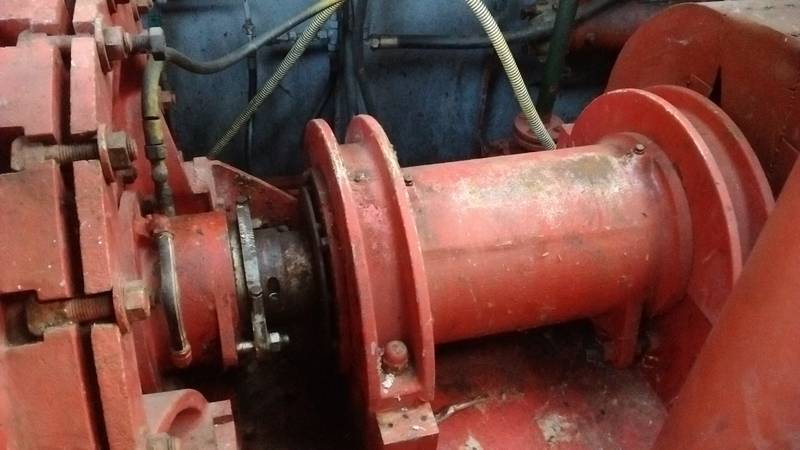The pump in the dredge boat
Gold dredging is the process of extracting gold from placer deposits found in rivers, streams, and other bodies of water using a dredge. A gold dredge is a floating machine designed to not only extract the gold but also separate it from the surrounding debris and sediment.
The core of a gold dredging system is often a slurry pump or gravel pump. This pump is designed to handle large volumes of water mixed with solids. It works by sucking up a mixture of water and gravel from the bottom of the water body, which is then processed to extract the gold. The capacity of the pump can vary greatly with some larger pumps capable of moving up to 100 tonnes or more of material per hour, as in the example you’ve mentioned.
The dredging process works as follows:
Excavation: The slurry pump creates a powerful suction to excavate the sediment on the riverbed that potentially contains gold.
Sifting: The excavated material is then forced through a series of sluices and sieves designed to separate the heavier gold particles from lighter materials like sand and gravel.
Separation: Gold, being heavy, settles at the bottom of the sluices or is trapped by riffles, while the lighter material is washed away by the flow of water.
Recovery: The gold is then collected, often with the help of mercury or other chemical processes, and cleaned for further processing and refinement.
Dredges can vary in size from small backpack-sized units that can be carried into remote areas to huge floating platforms for commercial gold recovery operations. Modern environmental regulations often restrict or completely ban the use of certain types of dredging equipment, especially in ecologically sensitive areas, due to the potential for habitat destruction and the release of mercury and other pollutants used in the gold extraction process.
To minimize environmental impact, many operators now use more sophisticated equipment and methods, including reclaiming and re-vegetating dredge tailings and recycling process water. Additionally, regions with active gold dredging often require permits and have regulations to control when and where dredging can occur and to protect local ecosystems.
Advanced dredging setups can also have onboard facilities to separate gold from other minerals more efficiently, resulting in cleaner gold and reduced environmental impact. These systems may also include various forms of automation and remote control, making them safer and more efficient.
Send your inquiry to GOLDIVANTI LP
Contact GOLDIVANTI LP now. There is a simple rule at GOLDIVANTI LP: if we can help you, we do, whenever and wherever necessary, and it's the way we've been doing business since 2009, and the only way we know
Contact Mr. Jean Louis by ![]() Telegram at username
@rcdrun or by
Telegram at username
@rcdrun or by WhatsApp Business.
